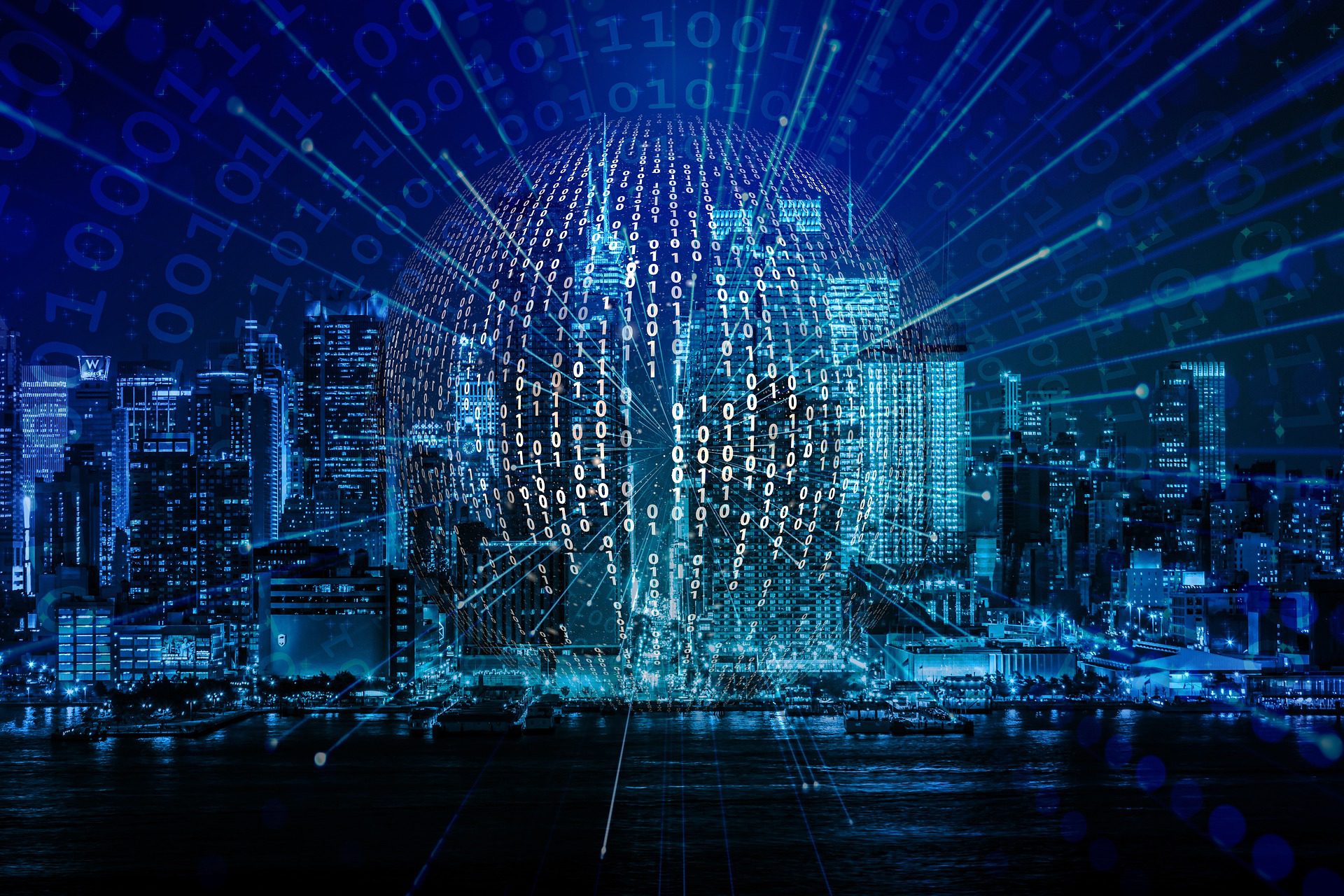The internet has come a long way since its inception, evolving from a simple network of interconnected computers to a global platform that connects billions of people worldwide. Web3, short for Web 3.0, represents the next phase of the internet’s evolution, promising to revolutionize the way we interact, transact, and share data online. In this article, we will explore the concept of Web3, its defining features, and its potential to reshape the digital landscape.

Understanding Web3: Beyond Centralization
Web3 represents a paradigm shift from the centralized architecture of Web 2.0 to a decentralized and user-centric model. In the current Web 2.0 era, internet services are primarily controlled by a few dominant corporations, which act as gatekeepers of data and online experiences. Web3 aims to disrupt this centralized control and empower users by leveraging blockchain technology and other decentralized protocols.
At its core, Web3 seeks to create a more transparent, secure, and privacy-focused internet, where users have greater control over their data and digital identities. It envisions a world where users can interact with applications and services without the need for intermediaries, enabling peer-to-peer transactions and direct ownership of digital assets.
Key Features of Web3
-
Decentralization: Web3 relies on decentralized technologies, such as blockchain, to remove single points of control and distribute data and processing across a network of nodes. This decentralization enhances security, resiliency, and trust in the system.
-
Self-sovereign Identity: Web3 emphasizes the concept of self-sovereign identity, where individuals have complete control over their personal data and digital identities. Instead of relying on centralized databases, users manage their identity information through cryptographic keys, giving them greater privacy and control.
-
Interoperability: Web3 aims to foster interoperability among different applications and platforms. In a decentralized web, data and assets can flow seamlessly between different services, creating a more connected and cohesive digital ecosystem.
-
Open Source: Open-source principles are central to Web3, promoting transparency and collaboration in the development of decentralized applications (DApps) and protocols. Open-source code allows for peer review, community contributions, and ensures that projects are not tied to proprietary interests.
-
Tokenization and Cryptocurrencies: Web3 introduces the concept of tokenization, where real-world assets and digital items can be represented as cryptographic tokens on the blockchain. These tokens enable new economic models, digital ownership, and programmable value exchange.
Applications of Web3
-
Decentralized Finance (DeFi): Web3 has given rise to the booming world of decentralized finance, where financial services and products are built on blockchain networks. DeFi platforms enable users to access lending, borrowing, trading, and other financial services without intermediaries.
-
Non-Fungible Tokens (NFTs): NFTs, a prominent application of Web3, represent unique digital assets such as artwork, collectibles, and virtual real estate. NFTs use blockchain technology to provide proof of ownership and authenticity for these digital creations.
-
Decentralized Social Media: Web3 is paving the way for decentralized social media platforms that prioritize user privacy, data ownership, and content monetization. These platforms aim to reduce the influence of centralized platforms on user data and content curation.
-
Digital Identity and Authentication: Self-sovereign identity solutions built on Web3 principles allow users to control and manage their digital identities, reducing the reliance on centralized identity providers and enhancing security and privacy.
-
Supply Chain Management: Web3 enables greater transparency and traceability in supply chains through blockchain-based systems, reducing fraud and ensuring the authenticity of products.
Challenges and Roadblocks
While Web3 holds immense promise, it also faces several challenges that need to be addressed for widespread adoption and success:
-
Scalability: Many blockchain networks, a core component of Web3, struggle with scalability issues, limiting the number of transactions they can handle. Solutions like layer 2 protocols and sharding are being developed to address this challenge.
-
User Experience: The user experience on decentralized applications is often more complex and less polished compared to traditional web applications. Improving the user experience and onboarding process is critical for mass adoption.
-
Regulation and Compliance: The decentralized nature of Web3 poses challenges in terms of legal and regulatory compliance. As decentralized applications and assets gain popularity, regulatory frameworks will need to evolve to address these new paradigms.
-
Environmental Impact: Some blockchain networks, particularly those that use energy-intensive consensus mechanisms like Proof of Work, have raised concerns about their environmental impact. Transitioning to more energy-efficient consensus mechanisms is a priority for the Web3 community.
Conclusion
Web3 represents a transformative vision for the future of the internet, with decentralized principles at its core. By leveraging blockchain technology and other decentralized protocols, Web3 aims to empower users with greater control over their data, digital identities, and digital assets. It opens up new possibilities for decentralized finance, digital ownership, and self-sovereign identity, paving the way for a more transparent, secure, and user-centric internet.
While challenges and roadblocks exist, the rapid development and adoption of Web3 applications demonstrate the growing interest and potential of this decentralized web. As the Web3 ecosystem continues to evolve, it will shape the digital landscape and redefine how we interact with information, value, and each other online.